Don’t Just Stare at the Dirt: Your March Vegetable Planting Playbook
You can always tell when March is really here. It’s not about what the calendar says. It’s that feeling you get—the smell of the earth finally thawing out, the way the sunlight hits differently, and that undeniable itch in your hands to get back into the garden.
In this article
After years of growing for farmers’ markets and local chefs, I can tell you that March is a tricky month. It’s packed with potential, but it’s also full of risks. Getting it right separates a fantastic spring harvest from a whole lot of frustration.
So many guides just throw a list of vegetables at you, and honestly, that’s a recipe for disaster. Planting in March looks completely different depending on where you live. The single most important thing you need isn’t a fancy trowel; it’s knowing your local conditions. You’ve got to know your USDA Hardiness Zone and, even more crucial, your average last frost date. This date is your guidepost for everything.
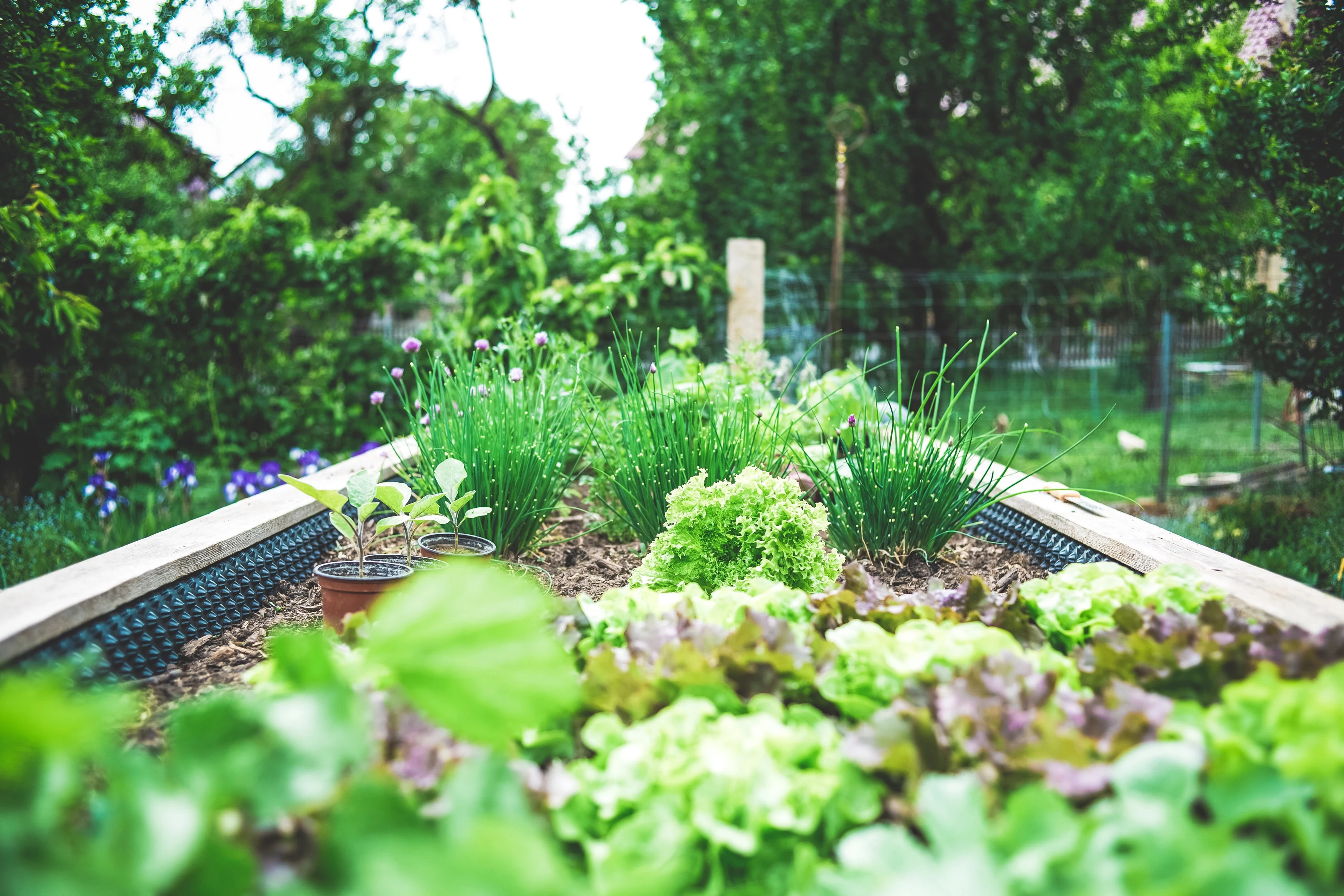
A quick search for “USDA Hardiness Zone Map” and your local university’s agricultural extension service website will give you the info you need. Trust me, it’s the most accurate data you’ll find for your specific area.
Think Like a Plant: What’s Really Happening Down There?
To get a head start in the spring, you have to stop thinking about the air temperature for a second. The real boss of the garden is the soil. Understanding a few simple things about it will help you avoid the most common mistakes.
Soil Temperature is King
Seeds don’t know or care if you’re still wearing a winter coat. They react to the temperature of the soil around them. Every vegetable has a minimum temperature it needs to wake up and germinate. Planting too early is just a waste of seeds and your time—they’ll either rot in the cold, wet ground or become a snack for birds.
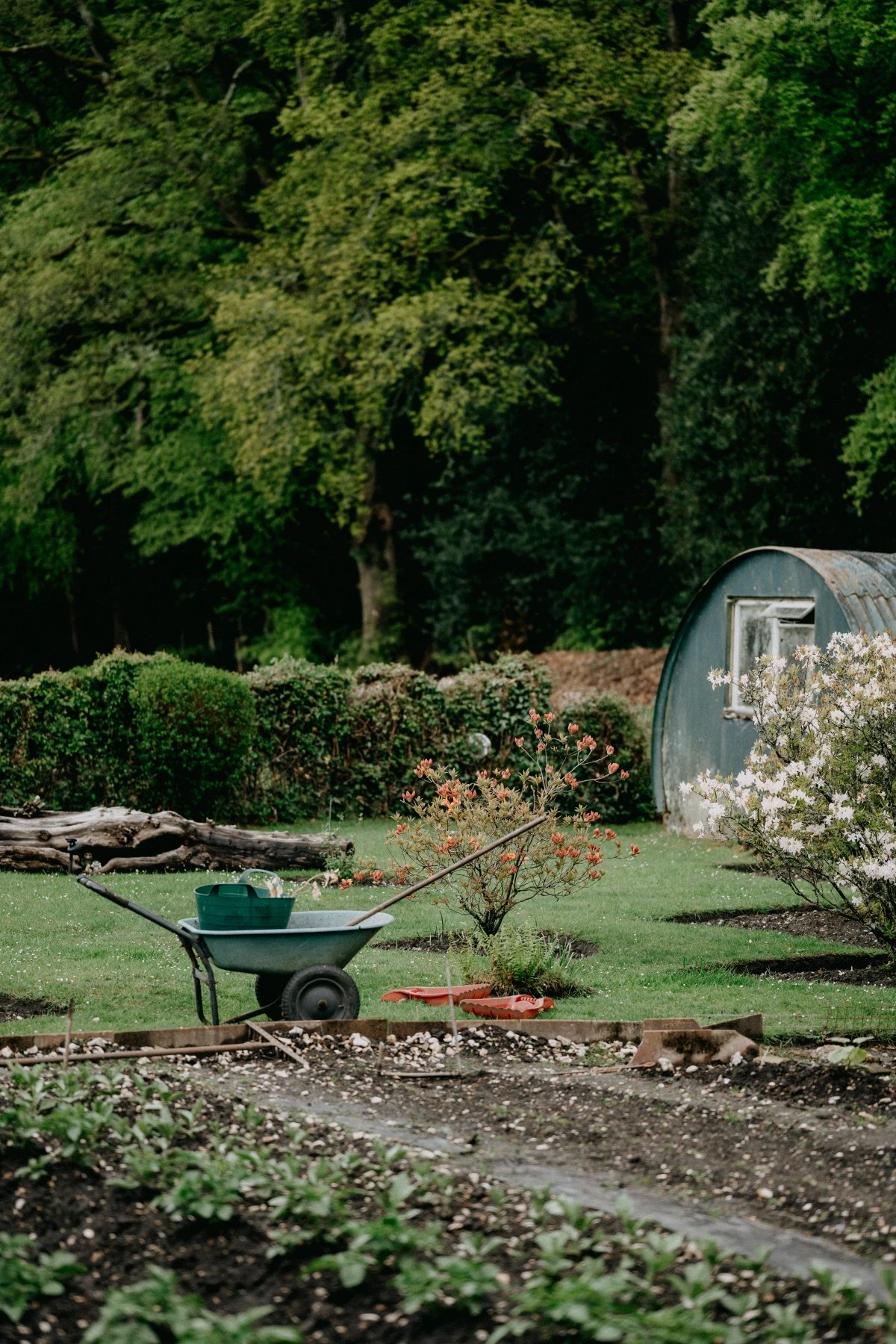
This is why a soil thermometer is one of the best tools you can buy. They’re cheap, usually around $10 to $15 at any garden center or online, and they take all the guesswork out of the equation.
Quick tip: To get an accurate reading, stick the thermometer about 4 inches deep into the soil and leave it there for 5 minutes. Do this in the morning before the sun has had a chance to warm up the surface. I like to test three different spots in my planting bed to get a true average.
Spinach and lettuce, for example, can technically sprout in soil as cool as 40°F. But germination will be slow and patchy. For a really strong, even crop, I always wait until the soil is consistently hitting 50°F. It makes a huge difference.
Bolting: The Plant’s Panic Button
Here’s a fun fact: some plants, like spinach, actually need a little bit of cold to grow nice, healthy leaves. It’s a process called vernalization. But it’s a balancing act. If a cool-loving plant gets a sudden shock—like a late cold snap followed by a surprise heatwave—it panics. It thinks its time is up and shifts all its energy into producing seeds. This is called ‘bolting’.
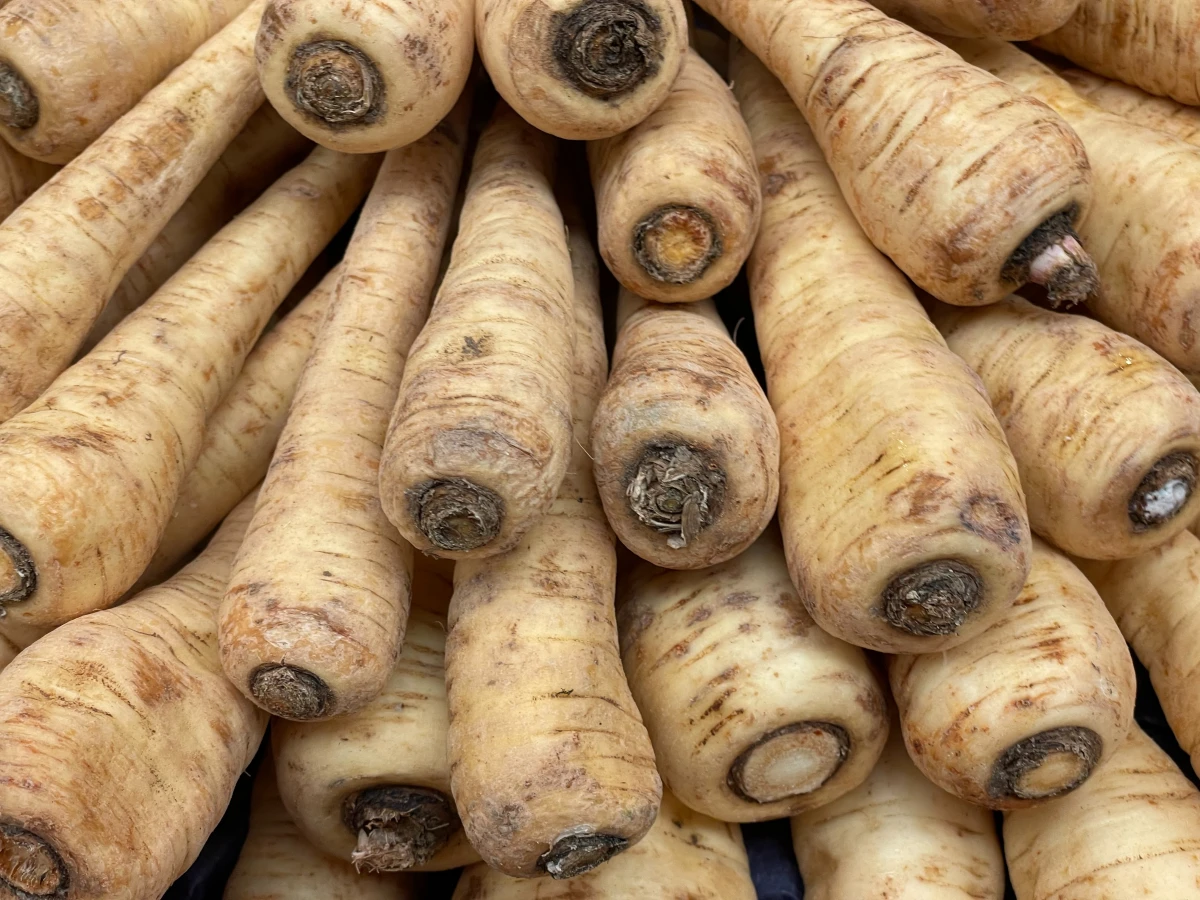
Once a lettuce or spinach plant bolts, it sends up a flower stalk and the leaves turn bitter and basically inedible. Our goal is to give them enough chill to be happy but protect them from the shocks that make them bolt. Planting in small batches every couple of weeks is a great way to manage this risk.
Setting the Stage: Your Most Important Job in March
I once watched a new gardener, buzzing with enthusiasm, sow an entire bed of pricey carrot seeds into cold, wet clay he hadn’t prepared. Almost nothing came up. It was a tough lesson, but a valuable one: your harvest is pretty much decided before you even open a seed packet. The prep work you do now is everything.
First, Get a Soil Test
I know, I know, it sounds like homework. But I can’t stress this enough. Before you add a single thing to your garden, get a soil test. Your local agricultural extension office (the same folks with the frost dates) offers kits for a small fee, usually between $15 and $30. You mail in a sample, and they send back a detailed report on your soil’s pH, nutrient levels, and organic matter. It tells you exactly what to add and, just as importantly, what not to add. It’s the difference between guessing and growing like a pro.
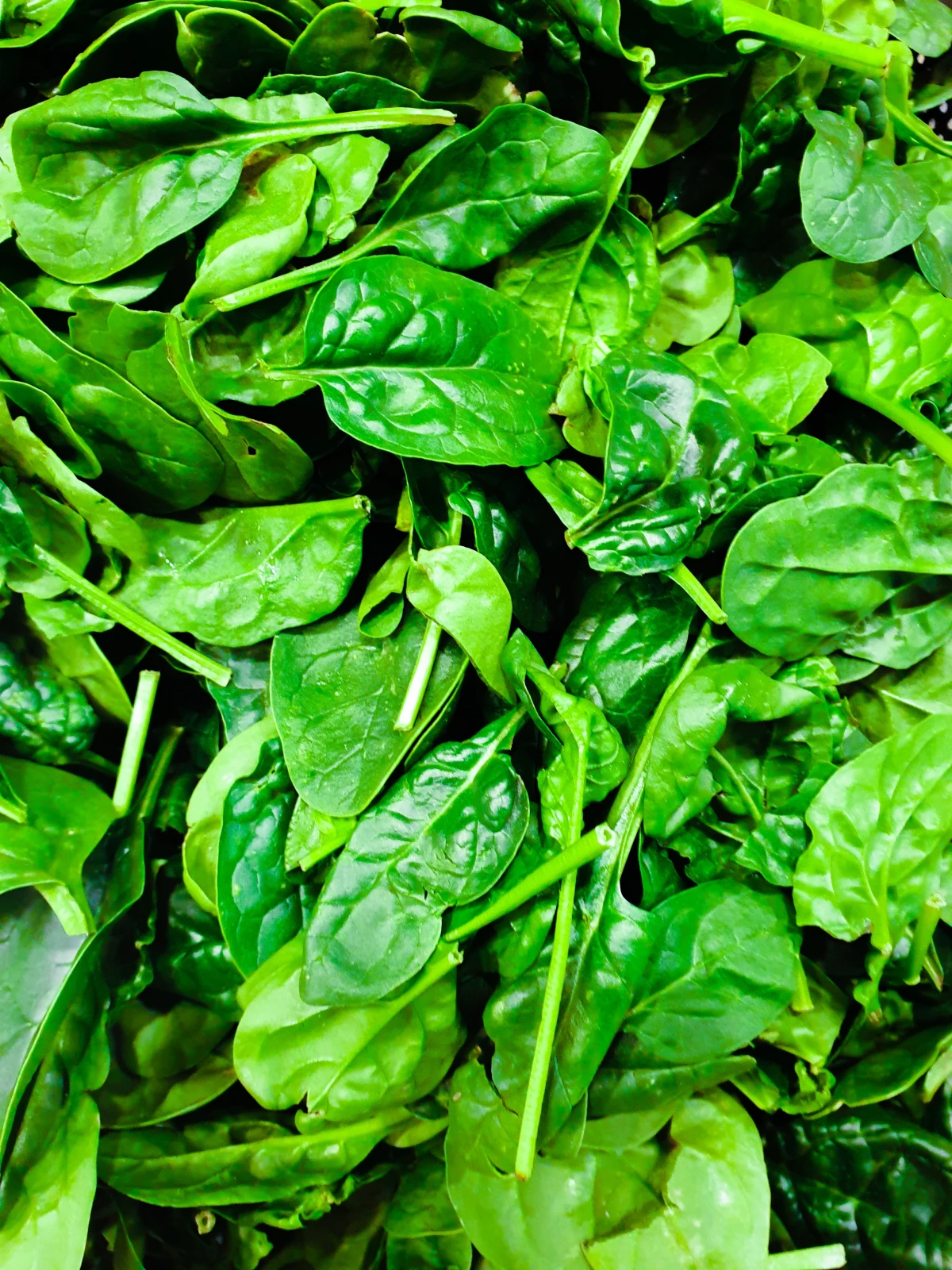
Building Better Soil
Almost all soil can benefit from more organic matter. My standard practice is to spread a 2 to 3-inch layer of good, well-rotted compost over the beds. A big bag of quality compost will run you about $8-$12 and is worth every penny. I work it into the top 4-6 inches of soil with a digging fork. This one step helps heavy clay drain better and helps sandy soil hold on to moisture. Plus, it feeds the worms and microbes that make your soil healthy.
Heads up! Never, ever use fresh manure in your vegetable garden in the spring. It’s too high in ammonia and can burn your plants’ roots. More importantly, it can contain nasty pathogens. Any manure you use should be fully composted for at least six months.
The Great Debate: To Till or Not to Till?
For a long time, everyone rototilled their garden each spring. We now know that intensive tilling can actually destroy the soil’s structure. I’ve switched to a low-till method using a broadfork, which loosens the soil deep down without churning it all up. For a home gardener, a simple digging fork does the same job beautifully. It keeps the soil’s ecosystem intact, and your soil gets healthier every year.
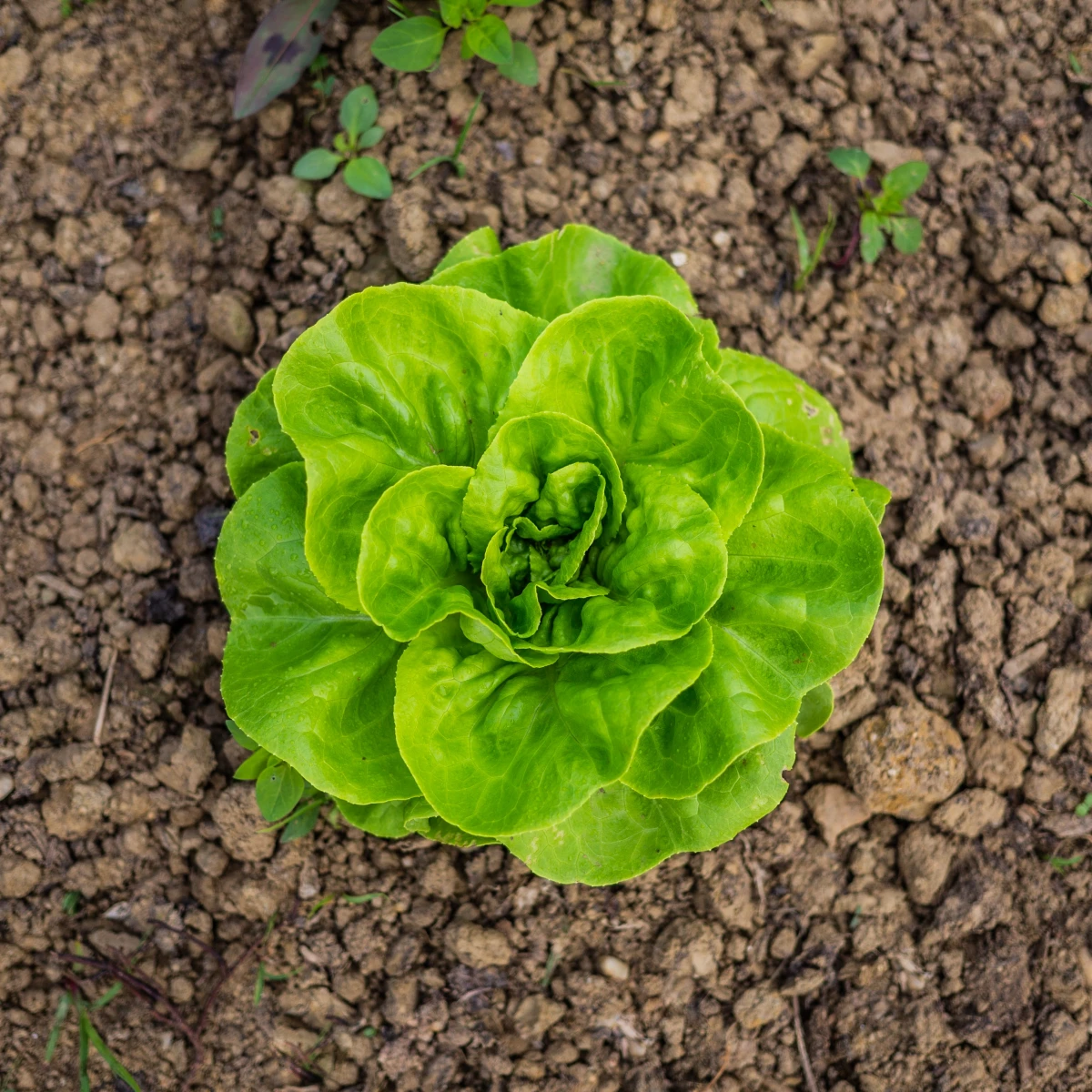
As for time, be realistic. If you’re starting a new 4×8-foot raised bed from scratch, plan on setting aside a solid 2-3 hours for weeding, amending, and prepping it properly. It’s an investment that pays off all season.
What to Plant Now: A Crop-by-Crop Guide
Here are the tried-and-true crops that are perfect for March planting. The timing for everything is based on your local last frost date.
Spinach
The undisputed king of early spring greens. It’s super cold-hardy and tastes so much sweeter when it’s grown in cool weather.
- Planting Window: Start sowing seeds directly in the garden 4 to 6 weeks before your last frost date.
- My Go-To Method: Always plant spinach from seed directly in the garden; it has a taproot and hates being transplanted. I plant in wide blocks instead of single-file rows. This creates a thick canopy that helps keep weeds down. I make half-inch deep furrows, plant seeds about an inch apart, and then thin them to 4-6 inches apart later. (Bonus: the thinnings are your first micro-salad!)
- Good to Know: Heat is the enemy. Try to plant it where it might get some afternoon shade from taller plants later in the season to delay bolting.

Lettuce
There’s nothing like the crisp flavor of homegrown lettuce. It’s a world away from the stuff in plastic bags.
- Planting Window: Direct sow leaf lettuce varieties 2-3 weeks before the last frost. For head lettuces like romaine, it’s better to start them indoors and transplant them out around the same time.
- My Go-To Method: Lettuce seeds are tiny and need light to germinate, so don’t bury them deep. Just scratch up the soil surface, sprinkle the seeds, and gently press them down with your hand for good contact. If you’re using transplants, make sure to harden them off for a week first!
- Works in Pots? Absolutely! Lettuce is fantastic for container gardening. A 12-inch pot is plenty of space for a few plants.
Carrots
The sweetness of a spring carrot pulled right from the ground is a game-changer. They just require a little patience and the right kind of soil.
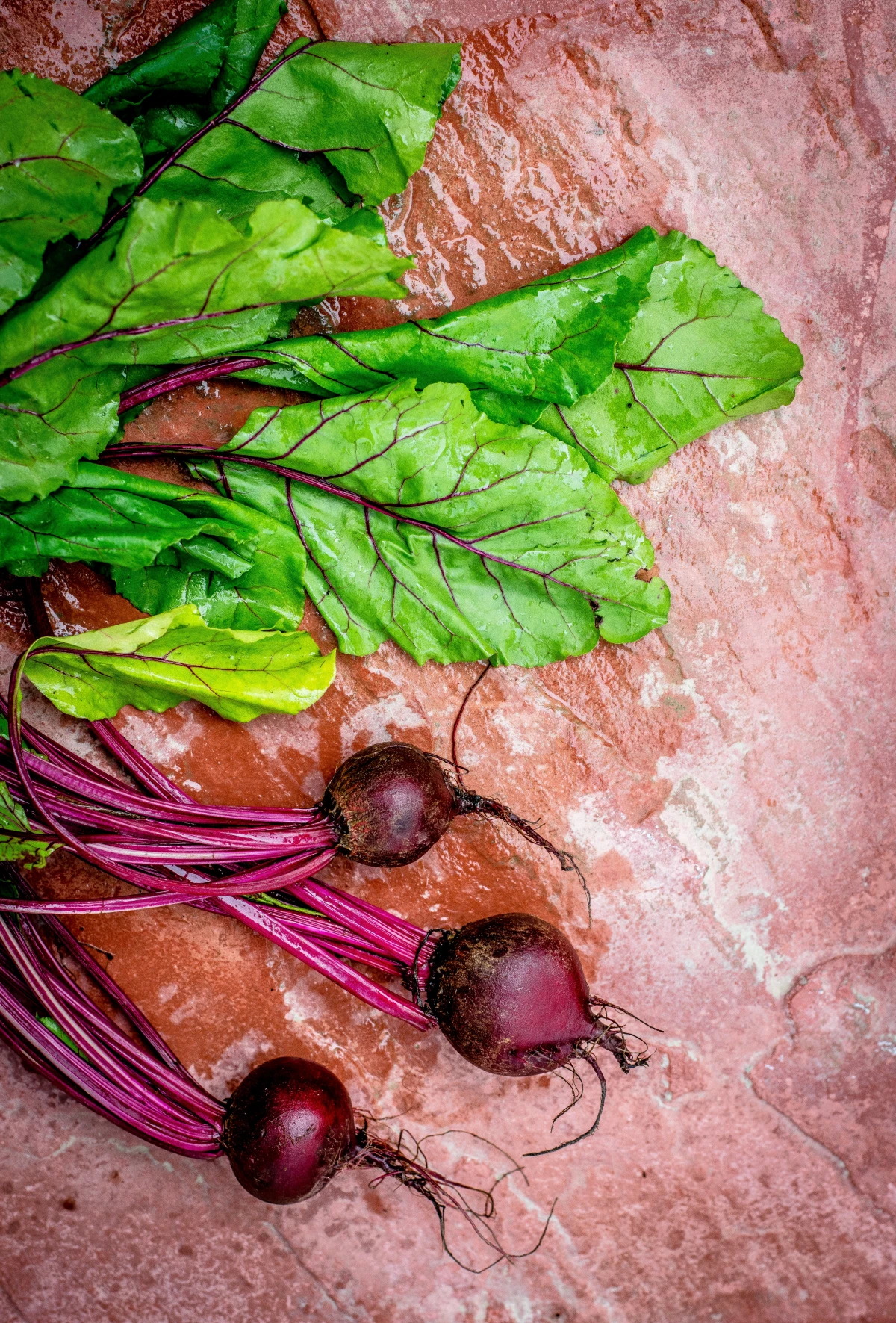
- Planting Window: Wait to sow carrots until 2-3 weeks before your last frost. The soil really needs to be warming up for them to grow well.
- My Go-To Method: Carrots must be sown directly from seed. They need loose, rock-free soil. My best trick is to mix the tiny carrot seeds with some dry sand before sowing. It helps you space them out evenly. The hardest part is thinning them to stand 2 inches apart once they’re a few inches tall. It feels wrong, but if you skip it, you’ll get a bunch of leafy tops and no carrots.
- Works in Pots? Yes, but choose shorter, rounder varieties. Look for types specifically recommended for containers or heavy soil.
Radishes
Radishes are the ultimate reward for the impatient gardener. You can often get a harvest in less than a month!
- Planting Window: You can sow these 4-5 weeks before your last frost. They’re incredibly fast and tough.
- My Go-To Method: Plant seeds a half-inch deep and an inch apart. I often mix a few radish seeds in with my carrot seeds. The radishes sprout fast, marking the row, and are harvested long before the carrots need the room.
- Works in Pots? Definitely. They are one of the best and easiest vegetables for containers.
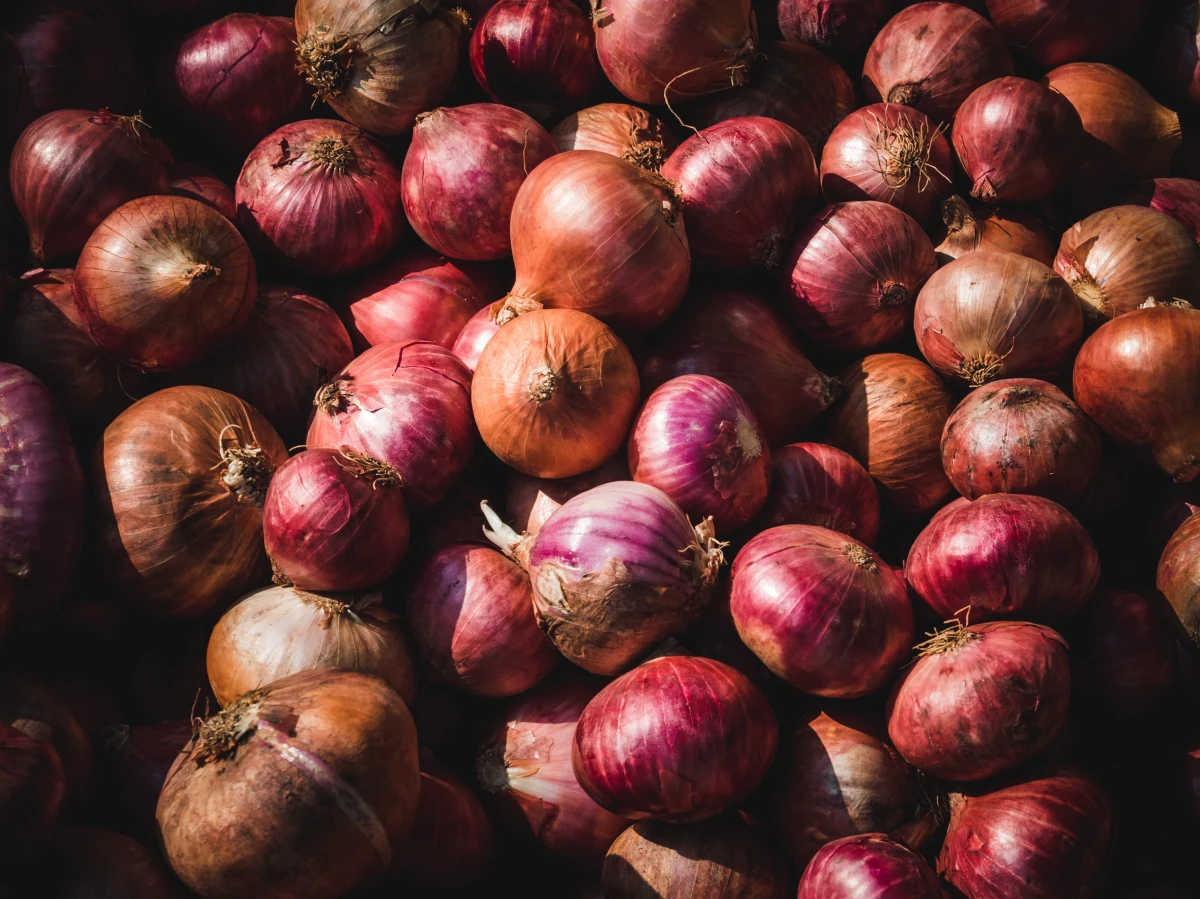
Onions
Onions from your garden have a surprising depth of flavor. They take a while to mature, but March is the perfect time to get them started.
- Planting Window: Plant onion ‘sets’ (little dormant bulbs) 2-4 weeks before your last frost.
- My Go-To Method: For most home gardeners, sets are way easier than starting from seed. Just make sure you buy them from a good nursery so they’re not dried out. Plant them with the pointy end up, about an inch deep. Onions are heavy feeders, so this is where your soil test comes in handy. If you don’t have one, work in a balanced organic fertilizer, something with an N-P-K ratio like 5-10-10, or a mix of blood meal and bone meal.
- Good to Know: You must keep your onion patch weed-free. Their skinny leaves don’t shade out competition.
Ready to Level Up? A Few Pro Tricks
Once you’ve got the basics down, you can start using a few simple techniques to get even more from your garden.
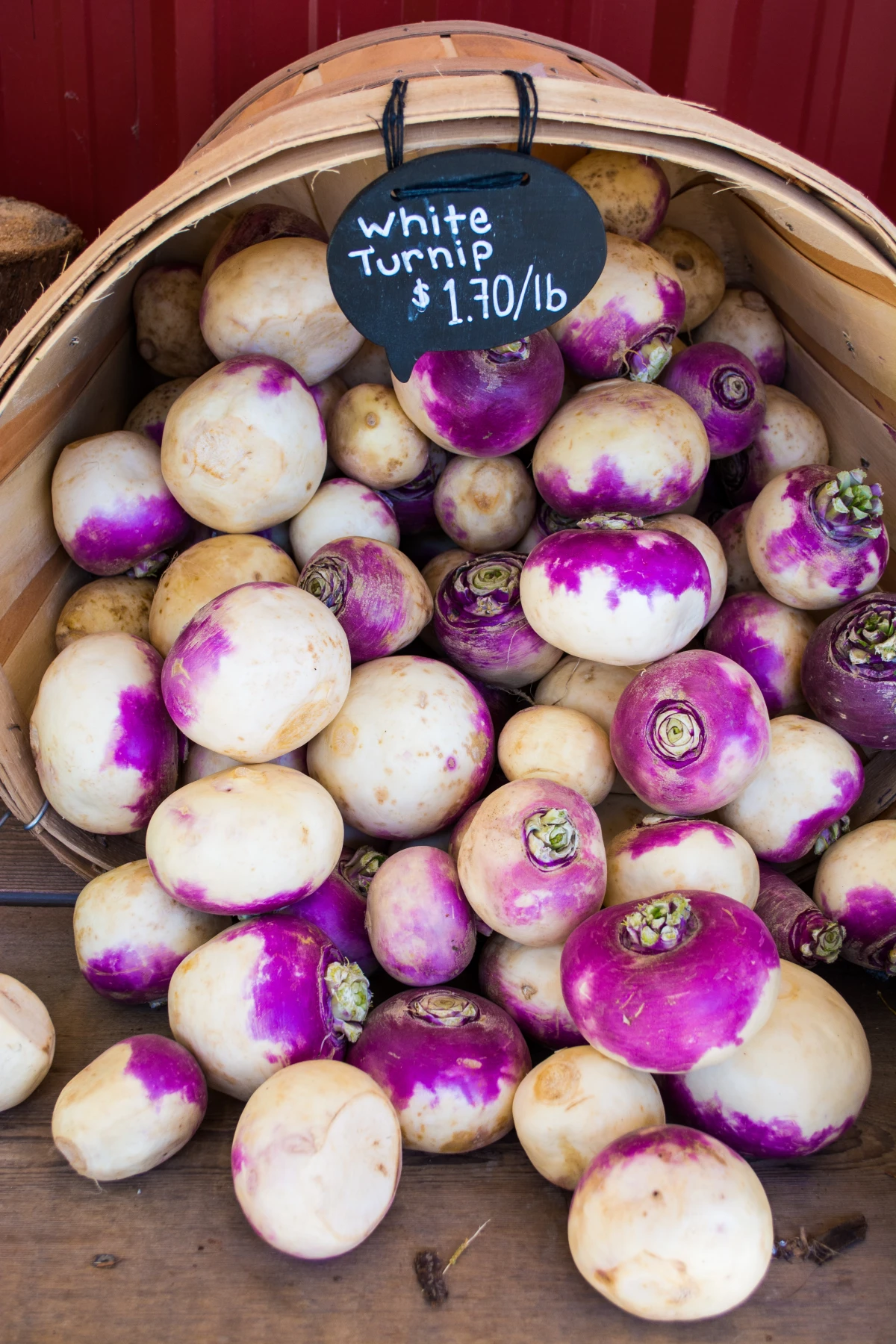
One is called succession sowing. Instead of planting your whole row of lettuce at once, just plant a small section. Two weeks later, plant another small section. This gives you a continuous, manageable harvest instead of a giant pile of greens that you can’t eat fast enough.
Another game-changer is using a floating row cover. It’s a lightweight fabric that you can drape over your beds (I use wire hoops to hold it up). It gives you a few degrees of frost protection, helps warm the soil, and is a fantastic physical barrier against pests like the ones that bother carrots.
Once things are planted, expect to spend about 15-20 minutes, a few times a week, on watering and pulling up any little weeds that pop up. Staying on top of it makes it a quick and peaceful chore.
A Final Word of Advice: Know When to Wait
I’ll never forget one beautiful, warm March when I got ahead of myself. I worked my soil when it was still too wet. The result was a catastrophe. I compacted the soil into dense, clay clods that roots couldn’t break through. That bed was a dud for the whole year.
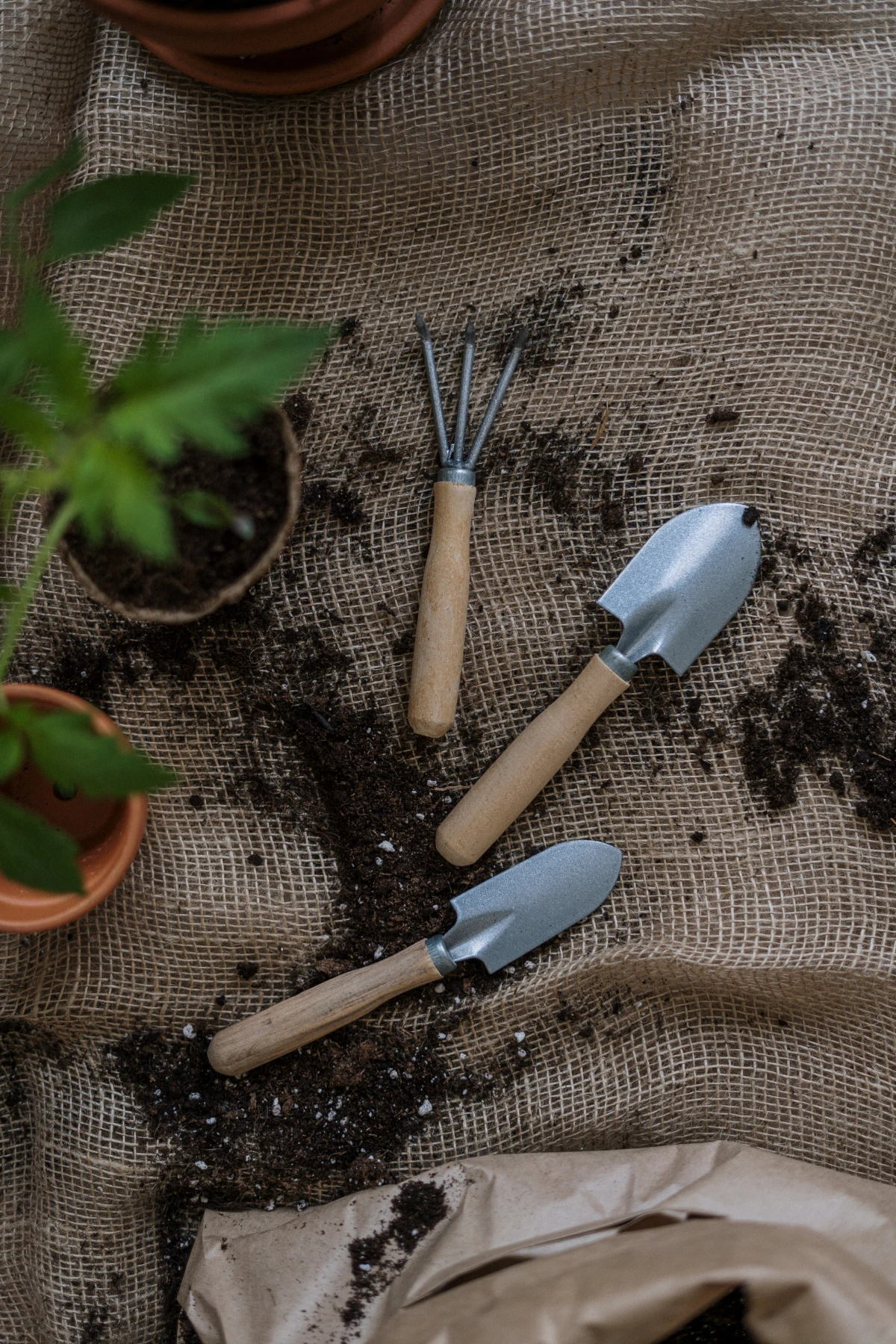
The lesson? Grab a handful of soil and squeeze it. If it forms a dripping, muddy ball, it’s too wet. Put your tools away and wait. Sometimes, the most professional thing a gardener can do is nothing at all.
And if all this feels a bit overwhelming, just start small. You don’t have to do everything at once. My challenge to you: go buy one packet of radish seeds ($3) and plant a single 2-foot row. In about 30 days, you’ll be eating something you grew yourself. It’s the best motivation there is.










